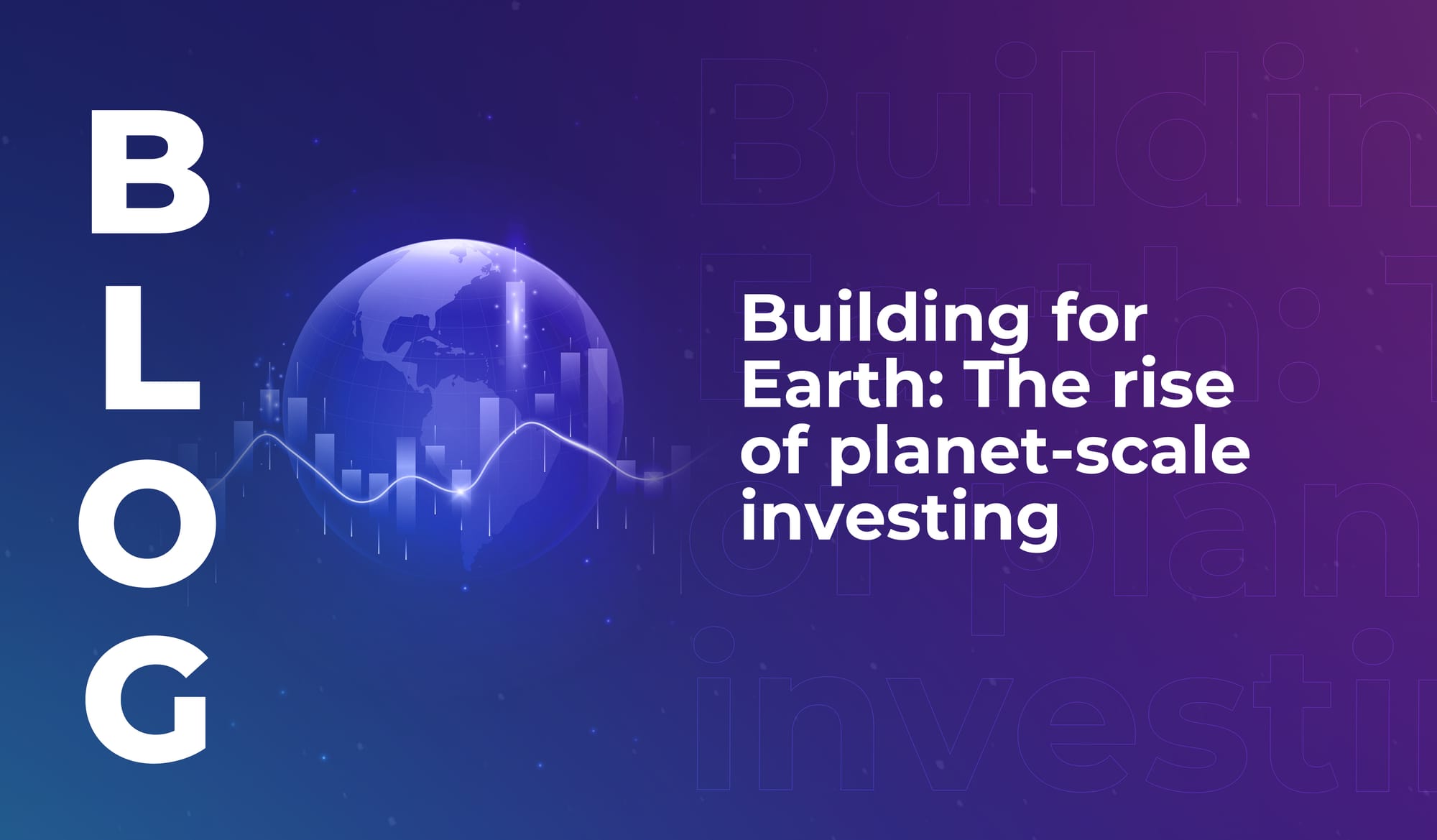
The art of holding attention: What great pitches really do
A strong investment pitch earns engagement – and that enables you to build enduring relationships long after the pitch is over.


Every era has its grand work of human ambition. The pyramids. The internet. And now, the sustainable energy transition.
According to BloombergNEF’s 2025 report on energy transition investment trends, global investment in low-carbon technologies rose 11% in 2024 to reach USD $2.08 trillion – the first time it has ever topped $2 trillion. That includes spending on renewable energy, electric transport, power grids, batteries, and carbon capture.
That sounds like a significant number; yet BloombergNEF’s analysts say it’s only 37% of what’s required each year from now until 2030, if we want to keep the world on track for net-zero by 2050. The shortfall: roughly $3.5 trillion per year.
For tech investors, we’re seeing that gap as an invitation.
The data reveals a two-speed transition. ‘Mature’ sectors (renewable energy, electrified transport, energy storage, and power grids) attracted 93% of total investment in 2024, growing 14.7% year-on-year to $1.93 trillion.
Meanwhile, ‘emerging’ sectors (hydrogen, carbon capture, clean industry, nuclear, and electrified heat) together accounted for just 7% and declined 23% in 2024. These are precisely the technologies that must scale next if we’re going to successfully decarbonise industry and heavy transport.
The analysts are blunt:
“Government policymakers and the private sector have more to do to de-risk these technologies.”
That’s a cue for investors to take note of. There’s acceleration to be found in hard problems – where capital and conviction still meet resistance.
Regional data also tell a story about capital concentration. Mainland China invested $818 billion in 2024 – more than double any other economy, and equivalent to 4.5% of its GDP. That’s more than the US ($338 billion), the EU-27 ($375 billion), and the UK ($65 billion) combined.
Asia Pacific as a whole surpassed $1 trillion in transition investment last year, growing 21% year-on-year. And at the same time, the EU-27 saw a 6.8% decline, while the US held flat.
For globally minded investors, this imbalance creates opportunity; because regional diversification is critical to the energy transition.
One noteworthy detail in BloombergNEF’s data is the slowdown in climate-tech equity finance, which fell 40% in 2024 to $50.7 billion. Venture capital that once rushed into climate solutions is now chasing AI startups instead.
But while venture enthusiasm ebbs, the long-term view is clear. Clean-energy supply chains still saw $130 billion in new factory investment, and energy-transition debt issuance hit $1 trillion, up 3% year-on-year. Utilities and governments remain the largest fundraisers – which is a valuable reminder that the transition is a marathon of infrastructure, not a sprint of unicorns.
And for investors with patient capital, this is where returns begin to compound. As McKinsey’s Climate Resilience Technology 2025 report notes, adaptation and resilience solutions could represent a $600 billion to $1 trillion private-market opportunity by the end of the decade.
What’s emerging now is a shift in mindset – from ‘green’ investing to planet-scale investing. Instead of just offsetting emissions to mitigate negative impacts, investors are enabling industries and governments to redesign systems from the inside-out.
BloombergNEF’s report highlights the dominance of electrified transport ($757 billion) and renewable energy ($728 billion) in 2024, but warns that meeting the Net Zero Scenario will require quadrupling investment in electric mobility and increasing renewable and grid spending by nearly 60% over the next five years.
That implies a new kind of portfolio logic: one that bridges mobility, energy, food, and materials, and views the planet as a single integrated system, not a set of siloed asset classes.
If the last century’s investors built skyscrapers and global networks, this century’s will build climate architecture – the structures that stabilise the biosphere itself.
And like any good architect, the investor must begin with foundations. $2.1 trillion has been laid. $3.5 trillion more is waiting.
Meet founders and fund managers re-imagining planet-scale solutions at LEAP, and find out how capital can shape the next decade of energy transition.

A strong investment pitch earns engagement – and that enables you to build enduring relationships long after the pitch is over.

Learn why tech investors who build depth, context, and empathy are the ones shaping markets that endure.

2025’s VC landscape demands sharper targeting, smarter liquidity, and stronger leadership. Discover how investors are adapting – and why LEAP 2026 is where the next moves will be made.

A strong investment pitch earns engagement – and that enables you to build enduring relationships long after the pitch is over.

Learn why tech investors who build depth, context, and empathy are the ones shaping markets that endure.

2025’s VC landscape demands sharper targeting, smarter liquidity, and stronger leadership. Discover how investors are adapting – and why LEAP 2026 is where the next moves will be made.